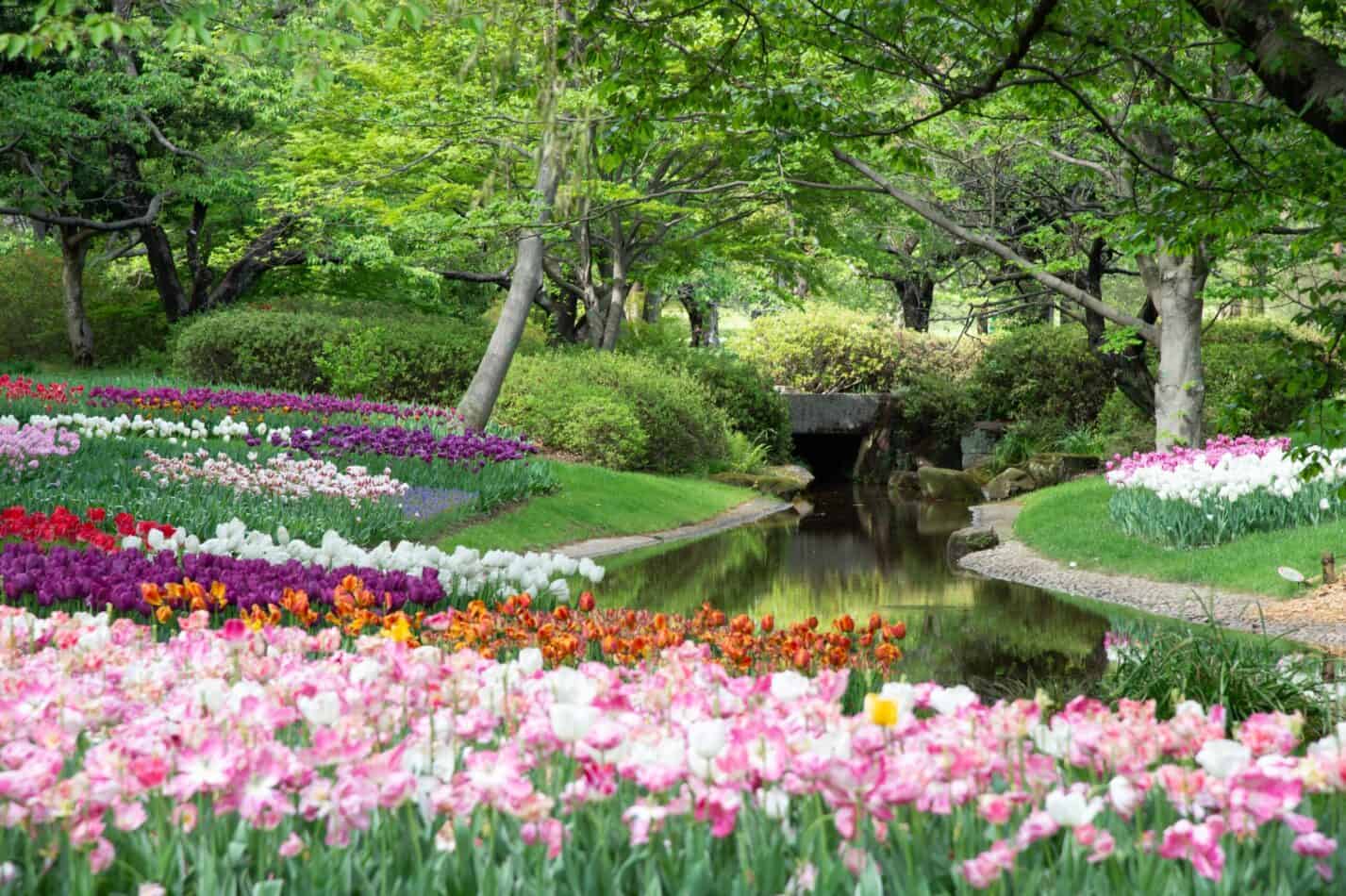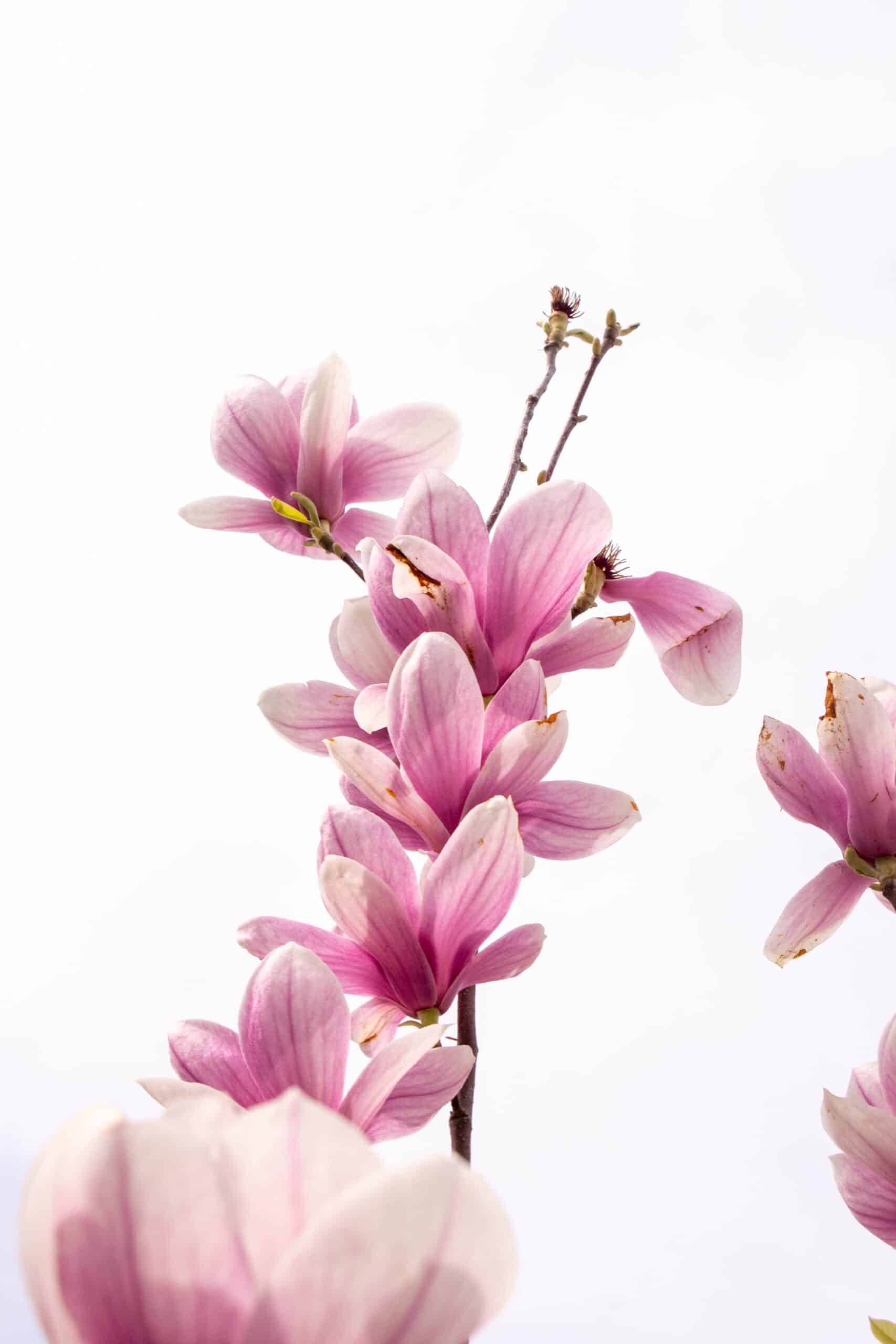Kalanchoe blossfeldiana, more commonly known as ‘Flaming Katy’, is a bushy, evergreen succulent that produces clusters of colorful flowers atop its thick, shiny leaves. Commonly found in shades of red, orange, yellow, and pink, the flowers typically bloom twice a year and last up to six weeks with the lush and scalloped foliage providing aesthetic pleasure throughout the year. A great addition to both indoor and outdoor plant collections alike, Flaming Katy (Kalanchoe blossfeldiana) is also a popular houseplant that is surprisingly frost-resistant.
Family
Kalanchoe blossfeldiana, more commonly known as Flaming Katy, is a member of the Crassulaceae family, commonly referred to as the stonecrop family.
Plant type
Flaming Katy is an evergreen perennial plant, meaning it will flourish and bloom year after year.
Mature size
Indoors, Flaming Katy will typically reach around 12 inches in height and six inches in width. Outdoors it can reach up to two feet tall and wide.
Sun exposure
Flaming Katy will thrive in medium to bright light and is tolerant of some direct sun exposure. It should be allowed to ‘rest’ after blooming and should be kept out of direct sunlight.
Soil type
Flaming Katy prefers a potting soil that has good drainage, such as a mixture of equal parts peat moss, coarse sand, and potting compost.
Soil pH
A slightly acidic soil, ranging from 5.5 to 6.5 pH, is ideal for Flaming Katy.
Bloom time
Flaming Katy typically blooms twice a year, from late winter to early spring and from mid-summer to early autumn.
Flower color
Flaming Katy is available in a variety of shades, including pink, yellow, orange, and red.
Hardiness zones
Flaming Katy is hardy in USDA hardiness zones 10 and 11, but can also be grown outdoors in zone 9 when protected from frost.
Native area
Flaming Katy is native to Madagascar, but is grown around the world in tropical and subtropical climates.
Potting
Potting Flaming Katy is relatively straightforward. Choose a pot that is slightly larger than the current pot and fill it with a well-drained potting mix. Plant your Flaming Katy and water generously until the excess water drains out of the bottom. It’s best to repot your Flaming Katy every two or three years to ensure the health of the plant.
Propagation
Flaming Katy can be easily propagated from stem cuttings or leaf cuttings. To propagate from stem cuttings, take a cutting of about four inches in length, remove the bottom leaves, dip the cut end in rooting hormone, and place it in a well-draining potting mix. To propagate from leaf cuttings, take a single leaf and place it in a potting mix with the cut side downward. Ensure the potting mix stays moist and your Flaming Katy will begin to develop roots and a new stem.
Common pests and diseases
Flaming Katy is typically resistant to pests and diseases, but occasional outbreaks of aphids, mealybugs, spider mites, scale, or root rot can occur. To prevent pests, use an insecticidal spray or a solution of water and dish soap. Fungal diseases can be prevented by removing any infected foliage and avoiding overwatering.
Three frequently asked questions about Kalanchoe blossfeldiana
Q: How much sun should my Flaming Katy get?
A: Flaming Katy prefers bright indirect light, with some direct sun exposure. If grown outdoors, it should be protected from intense sunlight and hot temperatures.
Q: How often should I water my Flaming Katy?
A: In the summer months, Flaming Katy should be watered weekly. During the winter, however, you should let the soil dry out slightly between waterings.
Q: How often do I need to repot my Flaming Katy?
A: Flaming Katy should be repotted every two to three years to prevent root rot and to promote healthy growth.
A table fact sheet, with data
| Flower | Data |
|---|---|
| Flaming Katy | Kalanchoe blossfeldiana |
| Family | Crassulaceae |
| Plant Type | Perennial |
| Mature Size | 12 inches in height x 6 inches in width |
| Sun Exposure | Medium to bright light; some direct sun; some frost protection outdoors |
| Soil Type | Well-drained mixture of equal parts peat moss, coarse sand and potting compost |
| Soil pH | 5.5 – 6.5 |
| Bloom Time | Late winter to early spring and from mid-summer to early autumn |
| Flower Color | Red, orange, yellow, and pink |
| Hardiness Zones | 10 and 11; outdoors in zone 9 if protected from frost |
| Native Area | Madagascar |
| Potting | Select pot that’s slightly larger than current pot; fill with well-draining potting mix; water generously until excess water drains out |
| Propagation | Stem and leaf cuttings |
| Common Pests and diseases | Aphids, mealybugs, spider mites, scale, root rot; prevent with insecticidal spray or water/dish soap solution; avoid overwatering of plants. |
What we love from Amazon this week
Buy these wonderful flowers directly from Amazon:















